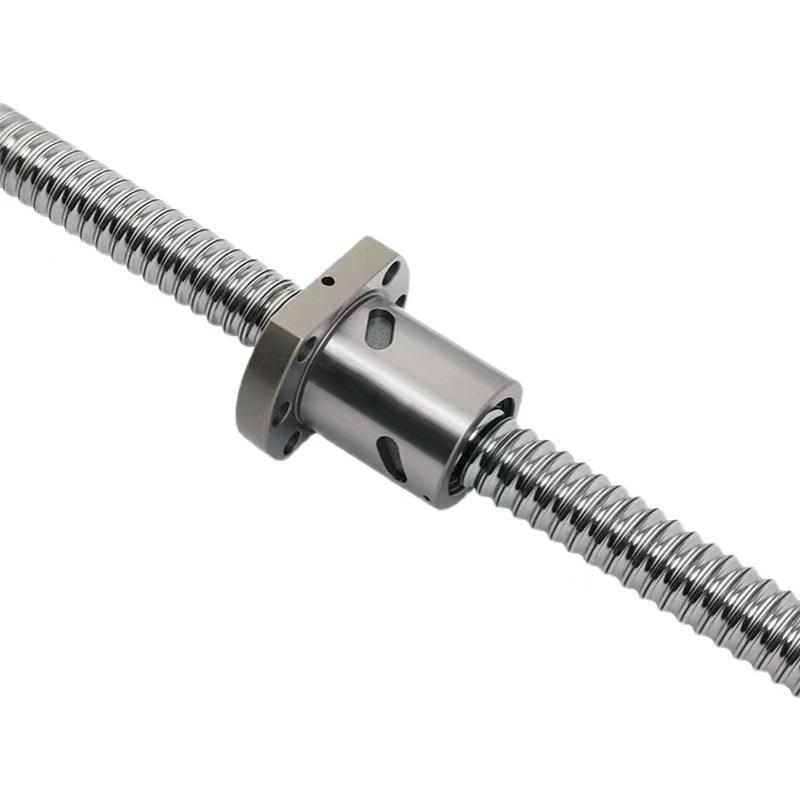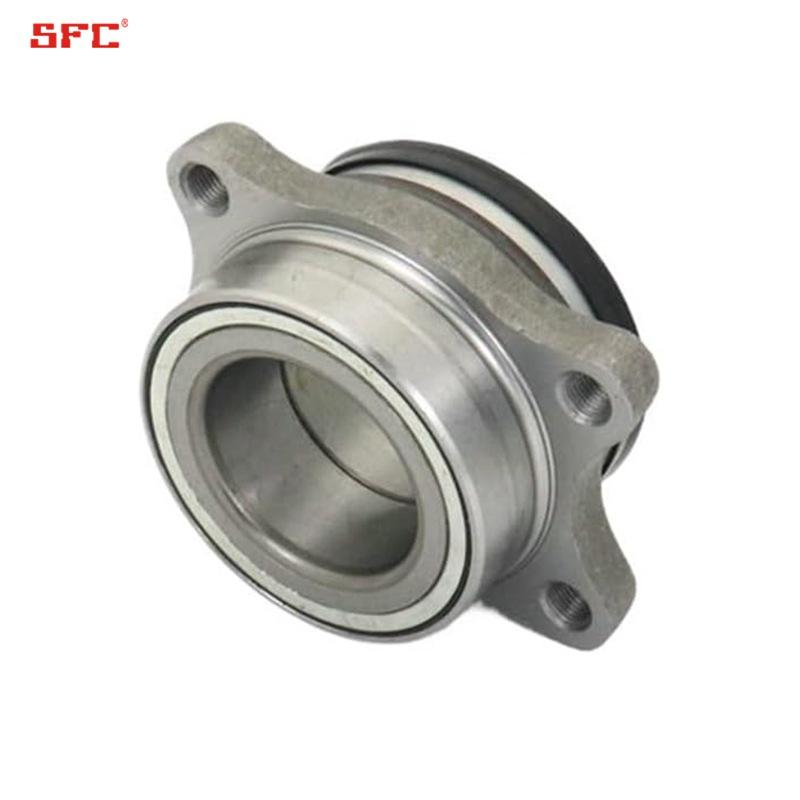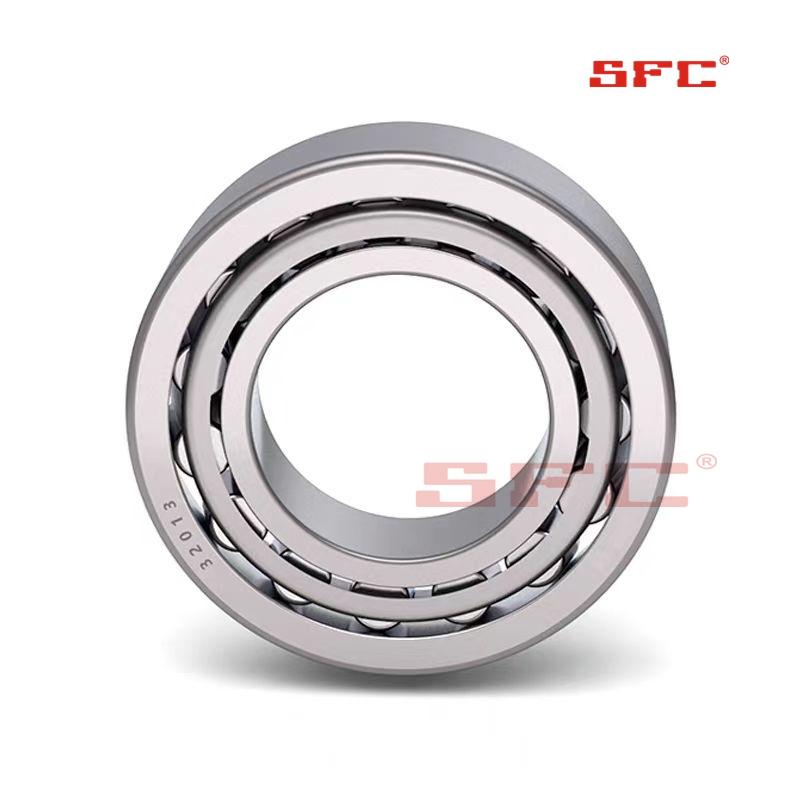The Main Differences And Types Of Operations Between Annealing And Normalizing In The Production Process Of Bearings
Annealing, also known as simmering, code name Th, is the process of heating a steel piece to Ac1 or Ac3 or above (30-50 ℃), holding it for a period of time, and then slowly cooling it (usually using furnace cooling).
Normalization, also known as open flame, code Z, is the process of heating steel parts to Ac3 or Acm or above (30-50 ℃), holding them for a period of time, and then cooling them in air at a slightly faster cooling rate than annealing.
The main difference between bearing annealing and normalizing is that normalizing is a deformation or special case of complete annealing, and the only difference between the two is the cooling rate. Usually, annealing is cooled with the furnace, while normalizing is cooled in air. Normalizing is suitable for both hypoeutectoid steel and hypereutectoid plate steel. For eutectoid steel, normalizing is generally used to eliminate network carbides; For hypoeutectoid steel, the purpose of normalizing is basically the same as annealing, mainly to refine grains and eliminate defects in the structure. However, the pearlite flakes in the normalized structure are finer than those in the annealed structure, and the amount of pearlite is more and the amount of ferrite is less in hypoeutectoid steel. Therefore, the hardness and strength of the steel after normalizing are higher than those after annealing. Therefore, it can be seen that in production practice, materials with network carbides in the steel need to be normalized and eliminated before other processes can be used. For materials with performance requirements after heat treatment, the annealing process can be selected according to the different requirements and steel types. For example, if a certain strength and hardness are required after heat treatment, the normalizing process can be chosen; If a certain degree of plasticity is required and strength and hardness are minimized, annealing process should be chosen.
Common types of annealing operations in bearing production
(1) Complete annealing (commonly known as annealing) is mainly used for castings, forgings, and hot-rolled profiles of eutectic bridge steel and alloy steel, and some are also used as welded structural components. Its purpose is to refine grains, improve microstructure, eliminate residual stress, reduce hardness, improve plasticity, and improve cutting performance. Complete annealing is a long annealing process. In order to shorten its annealing time, the isothermal annealing process is commonly used instead of the complete annealing process. Compared with complete annealing, the purpose of isothermal annealing is the same as complete annealing, but it greatly shortens the annealing time.
(2) Spheroidizing annealing is mainly used for hypereutectoid steel and alloy tool steel (such as cutting tools, measuring tools, molds, and bearings). Its main purpose is to reduce hardness, improve machinability, and prepare for future quenching.
(3) Stress relief annealing (also known as low-temperature annealing) is mainly used to eliminate internal stresses in castings, forgings, welded parts, hot-rolled parts, and other components.
(4) Recrystallization annealing is used to eliminate work hardening caused by cold work (cold drawing, cold stamping, cold rolling, etc.). The purpose is to eliminate internal stress, improve plasticity, and improve tissue.
(5) Diffusion annealing is mainly used for alloy steel, especially for alloy steel castings and steel ingots. The purpose is to utilize the high diffusion ability of atoms at high temperatures to alleviate or eliminate the phenomenon of uneven chemical composition in steel.




